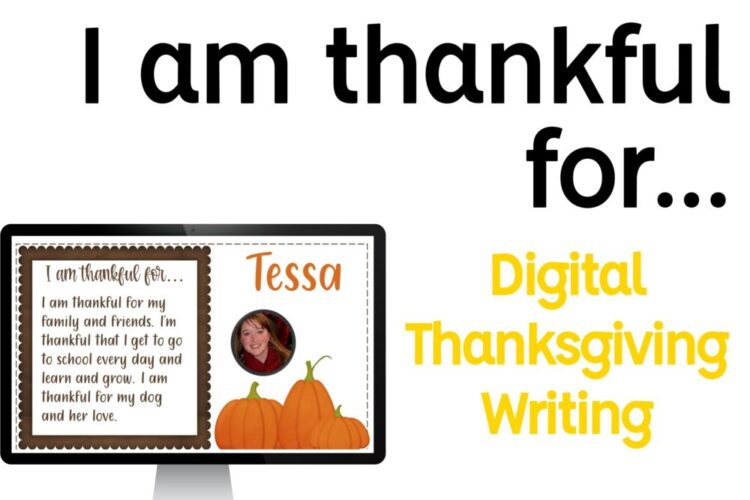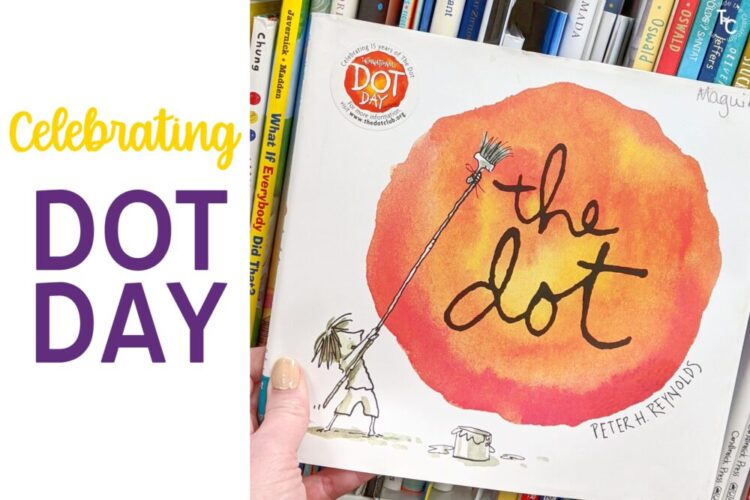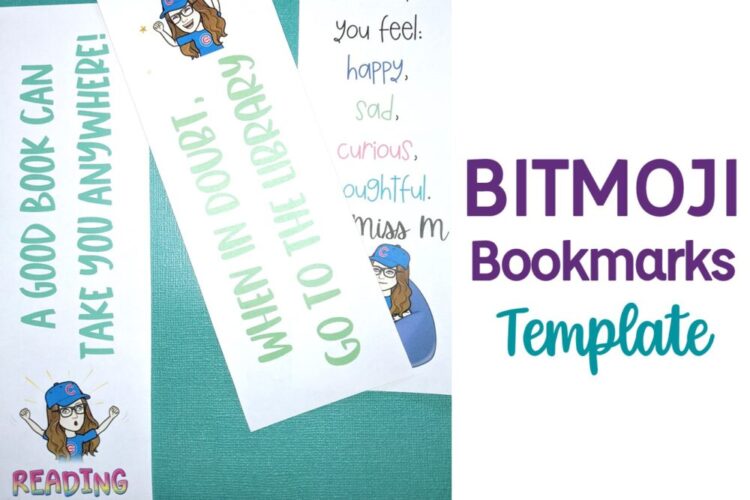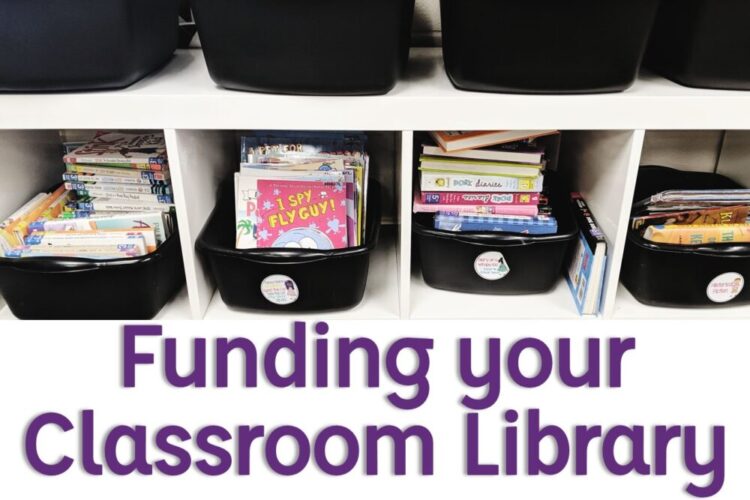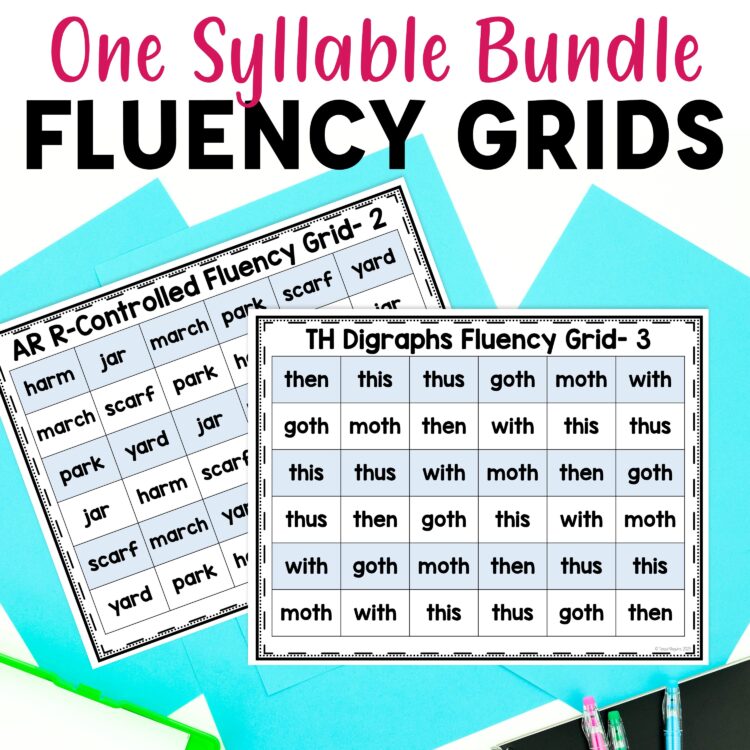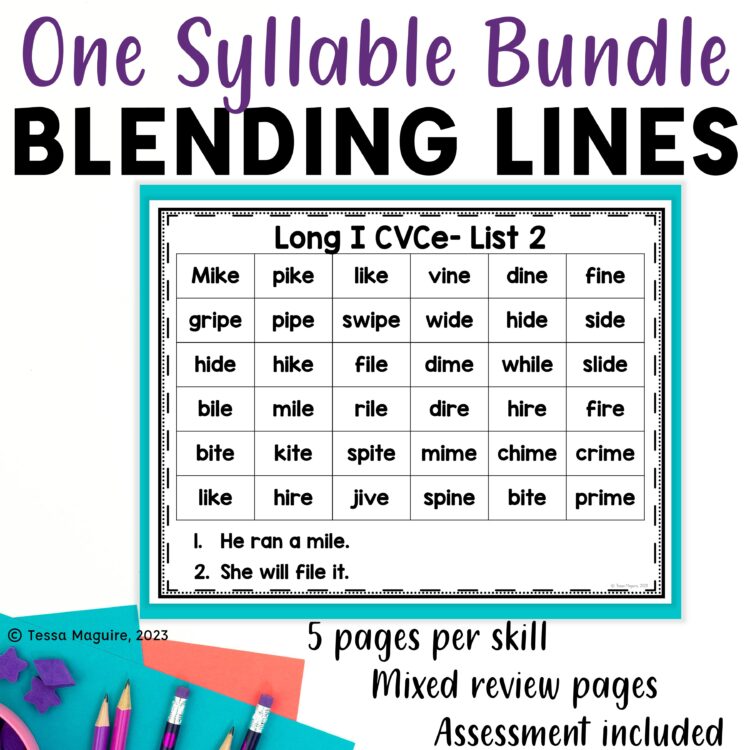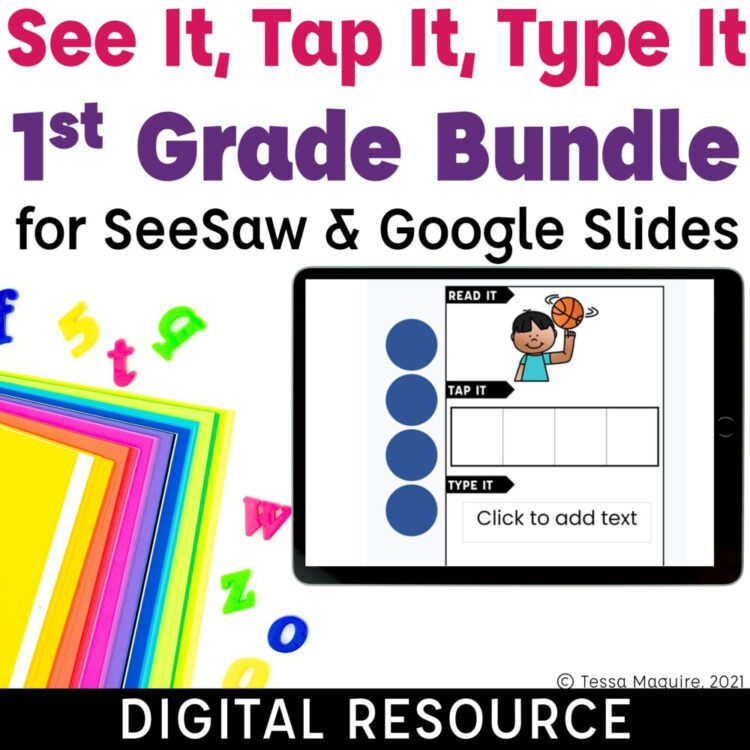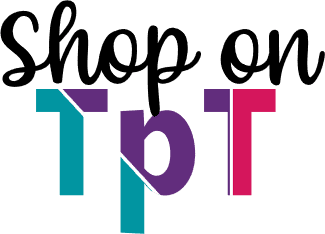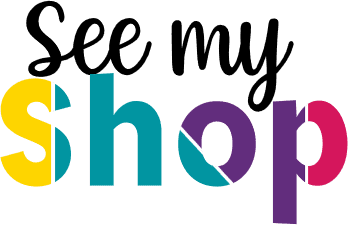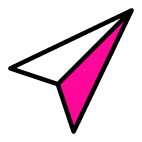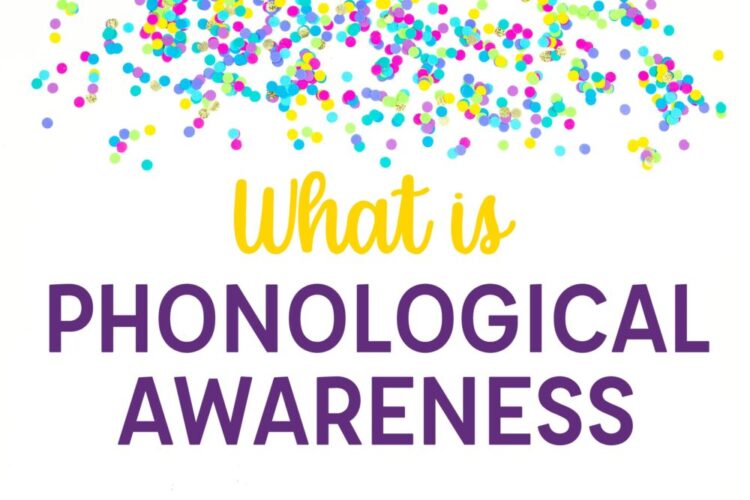
What is Phonological Awareness?
Phonological awareness is the ability to hear and manipulate the sounds of language. As students begin to understand the connection between speech and print, they are able to segment sentences into words, then syllables, and finally to phonemes, or the sounds in our language. Alliteration and rhyming are also two phonological awareness tasks. Phonological awareness is often referred to as a continuum, however, not all skills are developed sequentially. While students need to be able









